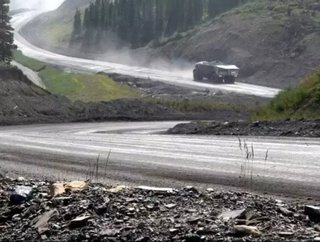Changes that need to be made in the Canadian mining industry to protect the environment

The mining industry may be quite large in Canada, but it has recently come under fire for harming the surrounding environment. And while the industry may help to promote work and an overall better economy, are there ways to help ensure that damage and waste are avoided?
RECENT TOPIC: Canada resource ministers gather amid recession for Energy and Mines Ministers’ Conference
Specifically, First Nations and community organizations from both Canada and Alaska are asking the Canadian Energy and Mines ministers to act immediately—they’re asking for these groups to prevent any further type of damage that has already been caused from the hundreds of mine waste dams and impoundments.
In a recent letter addressed to the groups mentioned above, particular changes are needed following the failure of the Mount Polley tailings site in British Columbia. But what are these changes and can they be incorporated into daily plans?
First off, ministers are being asked to “recognize that there are certain places where the downstream values are too great to expose to the risks associated with the disposal of tailings sites.”
Furthermore, mining ventures taking place along transboundary rivers that flow into Southeast Alaska have led to environmentalists and fishery entities being greatly concerned about the potential negative impact of mine wastes on salmon habitat, which is critical to the overall economy and lifestyles of the surrounding residents.
RELATED TOPIC: New report questions the future of Quebec’s uranium mining industry
It would appear that change is possible and could happen, because also addressed in the letter are methods to possibly fixing the issues. These ideas include the creation of independent tailings review boards, as well as an International Joint Commission review for transboundary mines that are located on the Canada-U.S. border that actually present a risk to either country’s waters.
Furthermore, the letter went on to suggest that one of the mining dams failed due to faulty design. Therefore, design issues have been called into play, with a request for more in-depth pre-work to take place.
The technology used has also been called into question, with unsafe operational practices needing to be fixed, such as changing the way water is stores, as well as the overall regulation and operation of mining waste facilities.
But the real question is whether or not these changes will promote safety and an overall better environment for residents in the area. What are your thoughts and/or suggestions?
RECENT TOPIC: Report: Is Canada’s mining industry facing a labor shortage?
[SOURCE: The Cordova Times]
Stay connected! Follow us on Twitter and like us on Facebook
- Deep sea miners denied access to UK capital marketsTechnology
- GMIN starts construction of Tocantinzinho Gold ProjectSupply Chain & Operations
- Copper Mountain Mining receives Sustainability awardSustainability
- KP Acoustics Group unveils eNView noise and vibration deviceSupply Chain & Operations






